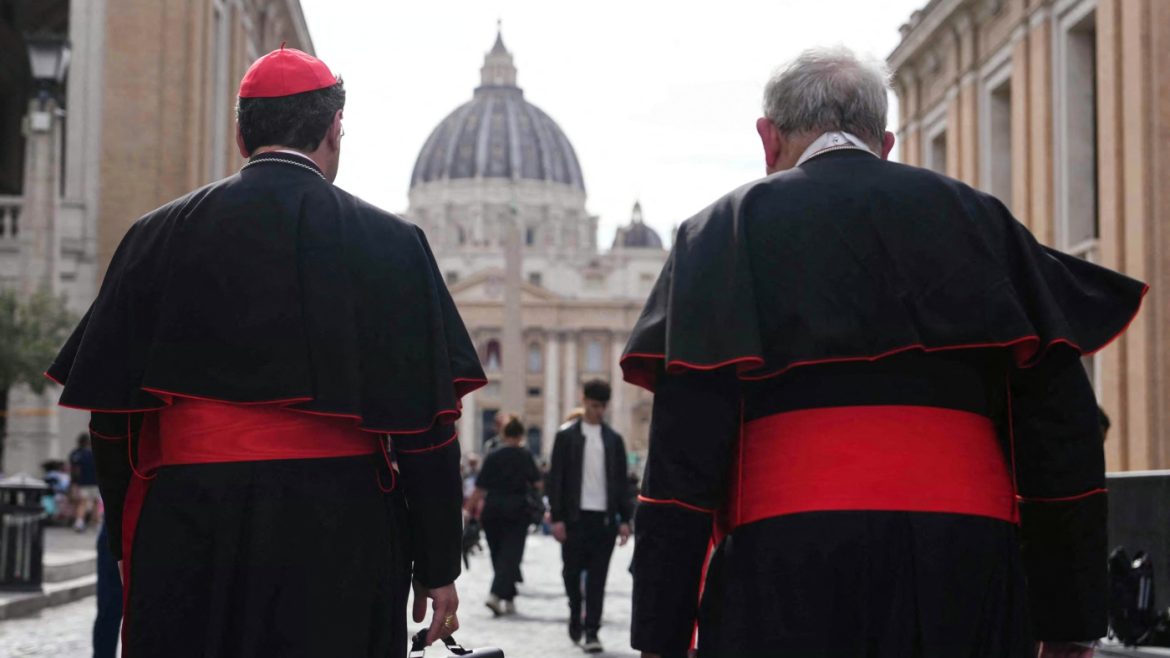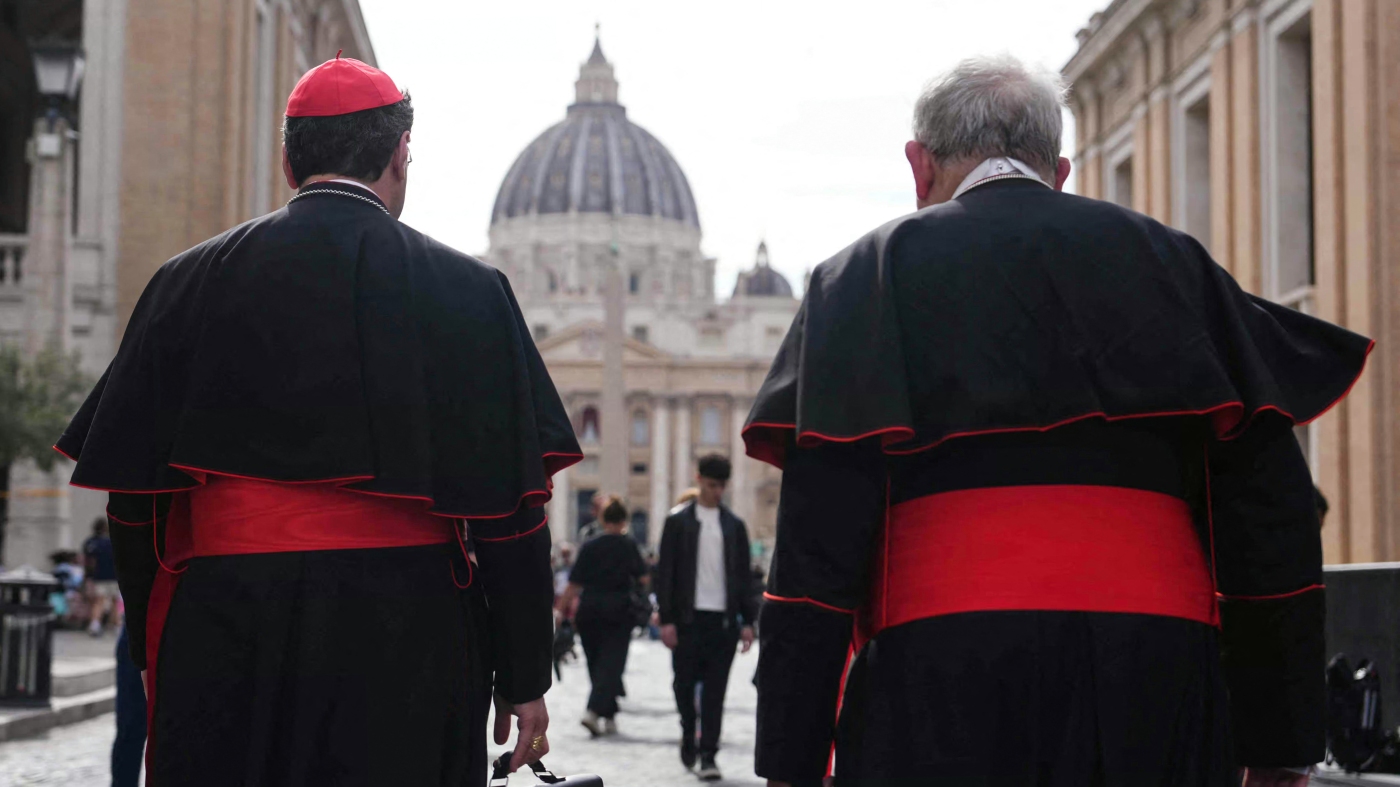The Conclave: A Sacred and Secretive Process
The conclave is a sacred and secretive process that the Catholic Church undertakes to elect a new pope. This ancient ritual, steeped in tradition and mystique, is set to begin on May 7, 2025, following the death of Pope Francis. The conclave is a time-honored process conducted in secrecy behind the locked doors of the Vatican’s Sistine Chapel, where 133 cardinal electors from 71 countries will gather to choose the 267th pope. This report delves into the intricacies of the conclave, its historical significance, and the steps involved in selecting the next spiritual leader of the global Catholic Church.
Historical Context and Significance
The conclave has evolved over centuries, with its modern procedures taking shape in the 13th century and further refinements in the 17th century. The term “conclave” itself comes from the Latin “cum clave,” meaning “with a key,” reflecting the locked doors of the Sistine Chapel where the voting takes place. The conclave is a blend of tradition, pageantry, and practical necessity, ensuring that the election of the pope is conducted with the utmost solemnity and secrecy.
The process begins between 15 and 20 days after the death or resignation of a pope. This timeframe allows for the funeral rites and mourning period, which typically lasts for nine days. The conclave is overseen by the camerlengo, a cardinal appointed to manage the church’s affairs during the interregnum. The camerlengo, along with other cardinals, prepares the Sistine Chapel for the election, ensuring that all necessary arrangements are in place.
The Conclave Process
Preparation and Oaths of Secrecy
The conclave commences with a solemn Eucharistic celebration, followed by the cardinal electors taking an oath of secrecy. This oath is a crucial aspect of the conclave, ensuring that the deliberations and voting remain confidential. The cardinals then proceed to the Sistine Chapel, where they will be sequestered until a new pope is elected.
Voting Procedure
The voting process is meticulously structured to ensure fairness and transparency. Each day, the cardinals cast their votes in the morning and afternoon. The first vote is typically held on the afternoon of the first day, with subsequent votes occurring twice daily until a candidate secures the necessary two-thirds majority. The ballots are burned after each voting round, with the color of the smoke indicating the result: black smoke signifies no decision, while white smoke announces the election of a new pope.
The Role of the Cardinals
The 133 cardinal electors, all under the age of 80, are the key participants in the conclave. They are chosen from various countries, reflecting the global nature of the Catholic Church. The cardinals bring diverse perspectives and experiences to the conclave, ensuring a comprehensive and thoughtful election process. Their deliberations are guided by the Holy Spirit, as they seek to choose a leader who will guide the church through the challenges of the modern world.
The Impact of Pope Francis’ Reign
Pope Francis’ 12-year reign was marked by significant reforms and a focus on social justice. His legacy will undoubtedly influence the conclave, as the cardinals consider the future direction of the church. Some cardinals may advocate for continuing Francis’ reformist path, while others may push for a return to more traditional practices. This divergence of opinions adds an element of unpredictability to the conclave, making it a critical moment in the church’s history.
The Future of the Catholic Church
The conclave to elect Pope Francis’ successor is set to begin on May 7, 2025. This historic event will shape the future of the Catholic Church, which faces numerous challenges, including internal divisions and external pressures. The new pope will inherit a deeply divided church, with some members advocating for reform and others seeking to preserve tradition. The conclave will be a pivotal moment in determining the church’s trajectory in the 21st century.
Conclusion: A Moment of Hope and Reflection
The conclave is more than just an election; it is a moment of hope and reflection for the global Catholic community. As the cardinals gather in the Sistine Chapel, they carry the weight of history and the aspirations of millions of faithful around the world. The conclave is a testament to the enduring strength and resilience of the Catholic Church, which has navigated centuries of change and adversity.
The election of a new pope is a sacred and solemn process, conducted with the utmost reverence and secrecy. As the world watches and waits, the conclave serves as a reminder of the church’s enduring mission to spread the message of love, faith, and hope. The new pope, chosen by the cardinals, will embark on a journey to lead the church into a new era, guided by the teachings of Jesus Christ and the traditions of the Catholic faith. The conclave is a moment of profound significance, marking the beginning of a new chapter in the history of the Catholic Church.


